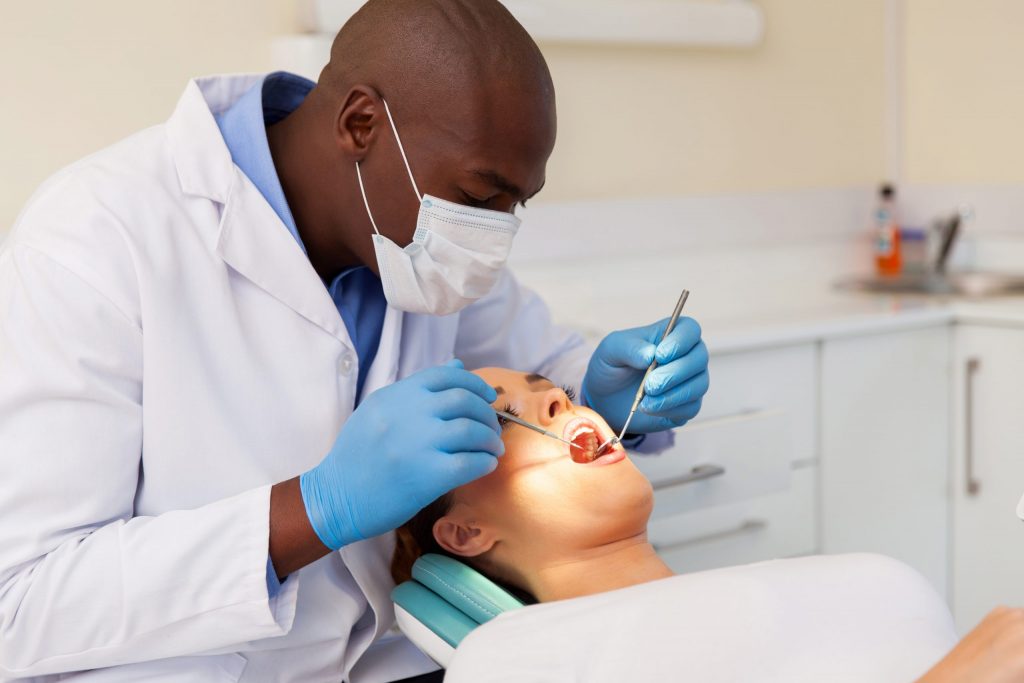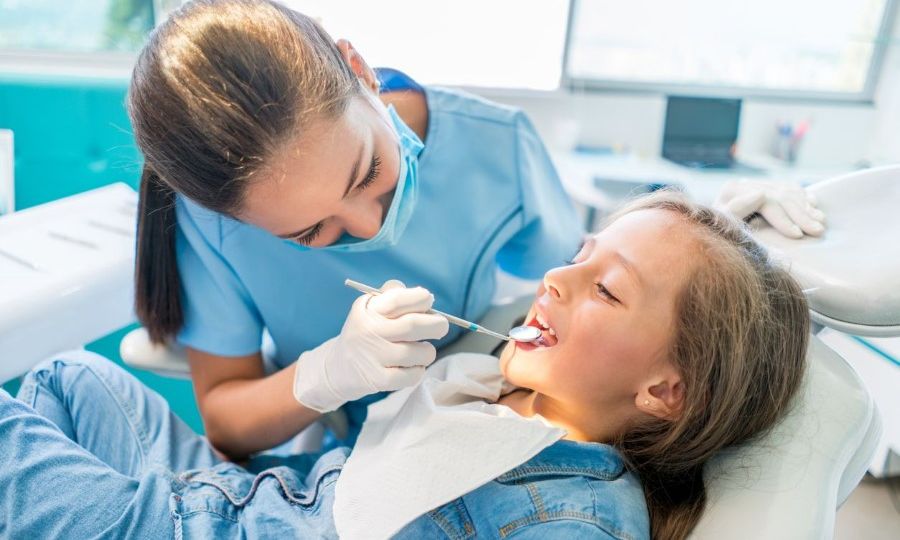Choosing the right orthodontic treatment is an important decision, especially when you’re trying to balance effectiveness, comfort, and aesthetics. Invisalign, a clear aligner system, has become an increasingly popular alternative to traditional braces. Both options aim to straighten teeth and correct bite issues, but Invisalign from a dentist in Valley Village offers several unique advantages.
Here’s an in-depth look at why you might want to choose Invisalign over traditional braces and how it can help you achieve the smile you’ve always wanted.
Discreet Appearance
One of the most attractive features of Invisalign is its nearly invisible design. The aligners are made of transparent plastic, blending seamlessly with your teeth. This makes Invisalign particularly appealing for adults and teens who want to straighten their teeth without drawing attention to their treatment.
On the other hand, traditional braces are highly noticeable because of their metal brackets and wires. While there are advances like ceramic braces that are less conspicuous, they still don’t offer the same level of subtlety as Invisalign. For those who value discretion, Invisalign is the clear winner.
Greater Comfort
Comfort is a key factor when deciding between Invisalign and traditional braces. Invisalign aligners are custom-made from smooth, BPA-free plastic that fits snugly over your teeth. Unlike braces, which involve wires and brackets that can irritate the inside of your cheeks and gums, Invisalign has no sharp edges.
While you may experience a bit of pressure when switching to a new set of aligners, this is generally mild and a sign that the treatment is working. Traditional braces, however, often require periodic adjustments that can cause soreness and discomfort. If comfort is a priority for you, Invisalign is the more gentle option.

Ease of Maintenance
Traditional braces come with a list of maintenance challenges. Food can easily get stuck in the wires and brackets, making it harder to keep your teeth clean. Brushing and flossing require extra effort, often involving special tools like floss threaders to reach between the wires.
With Invisalign, oral hygiene is much easier. The aligners are removable, allowing you to brush and floss as you normally would. Simply take them out during your oral care routine, rinse the aligners, and reinsert them after cleaning. This not only helps keep your aligners clear and odor-free but also reduces the risk of cavities and gum problems during the treatment.
Flexibility in Lifestyle
One of the biggest benefits of Invisalign is how it fits seamlessly into your lifestyle. The aligners are removable, so you don’t have to worry about avoiding certain foods. Unlike traditional braces, which come with dietary restrictions (no hard, sticky, or chewy foods), Invisalign lets you enjoy all your favorite meals and snacks. Simply remove the aligners before eating and make sure to brush your teeth before putting them back in.
For athletes, Invisalign offers another advantage. It eliminates the risk of injury caused by metal brackets during contact sports. If you use a mouthguard, the aligners can easily be removed during games or practice. For those with busy social or professional lives, Invisalign offers the flexibility to temporarily remove the aligners for special events, giving you more control over your treatment.
Effective Results
One common misconception is that Invisalign is less effective than traditional braces. However, Invisalign can treat a wide range of dental issues, including crooked teeth, crowded teeth, spacing problems, and bite misalignments like overbite, underbite, and crossbite. The treatment is personalized using advanced 3D imaging technology to map out your tooth movements and create a tailored plan.
Each set of aligners is worn for about one to two weeks, gradually shifting your teeth into place. When worn consistently for 20 to 22 hours a day, Invisalign delivers predictable, effective results comparable to traditional braces.
It’s important to note that while Invisalign can address many dental issues, some severe cases may still require traditional braces. Only consulting an orthodontist will help determine which option is best suited for your needs.
Conclusion
When it comes to straightening your teeth, Invisalign offers a modern, flexible, and comfortable alternative to traditional braces. Its discreet design, ease of use, and ability to fit into your lifestyle make it an excellent choice for many individuals.

